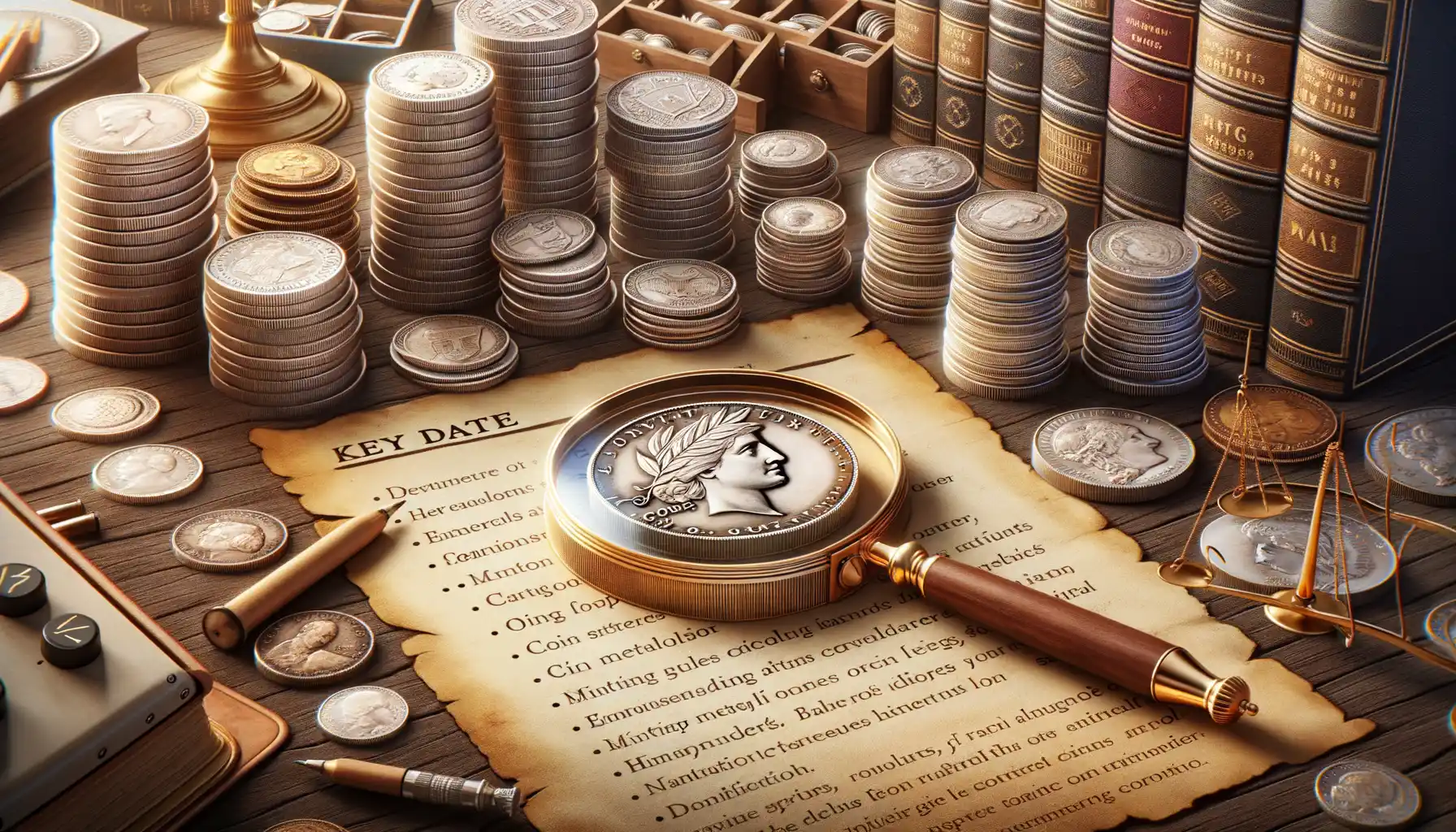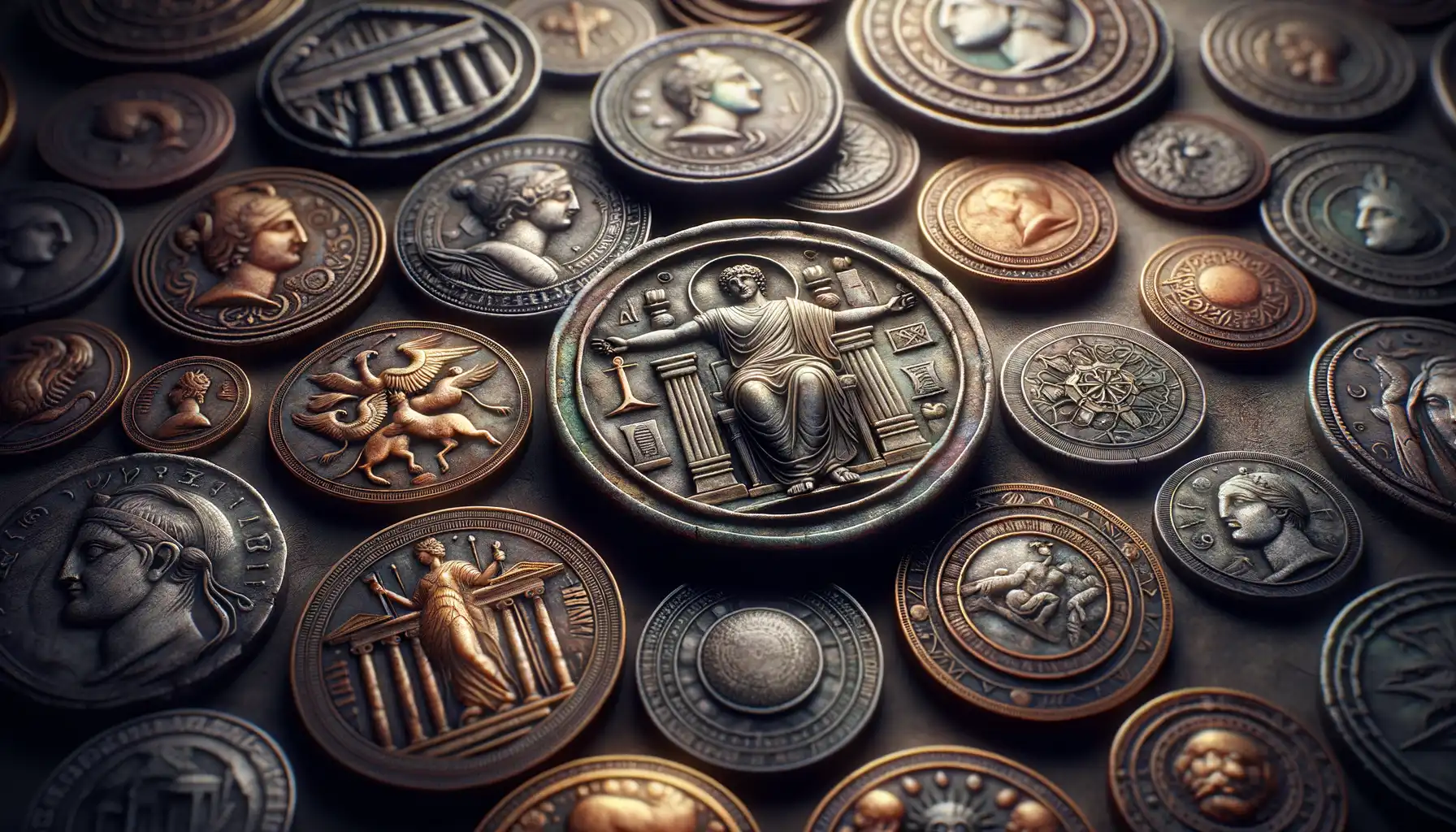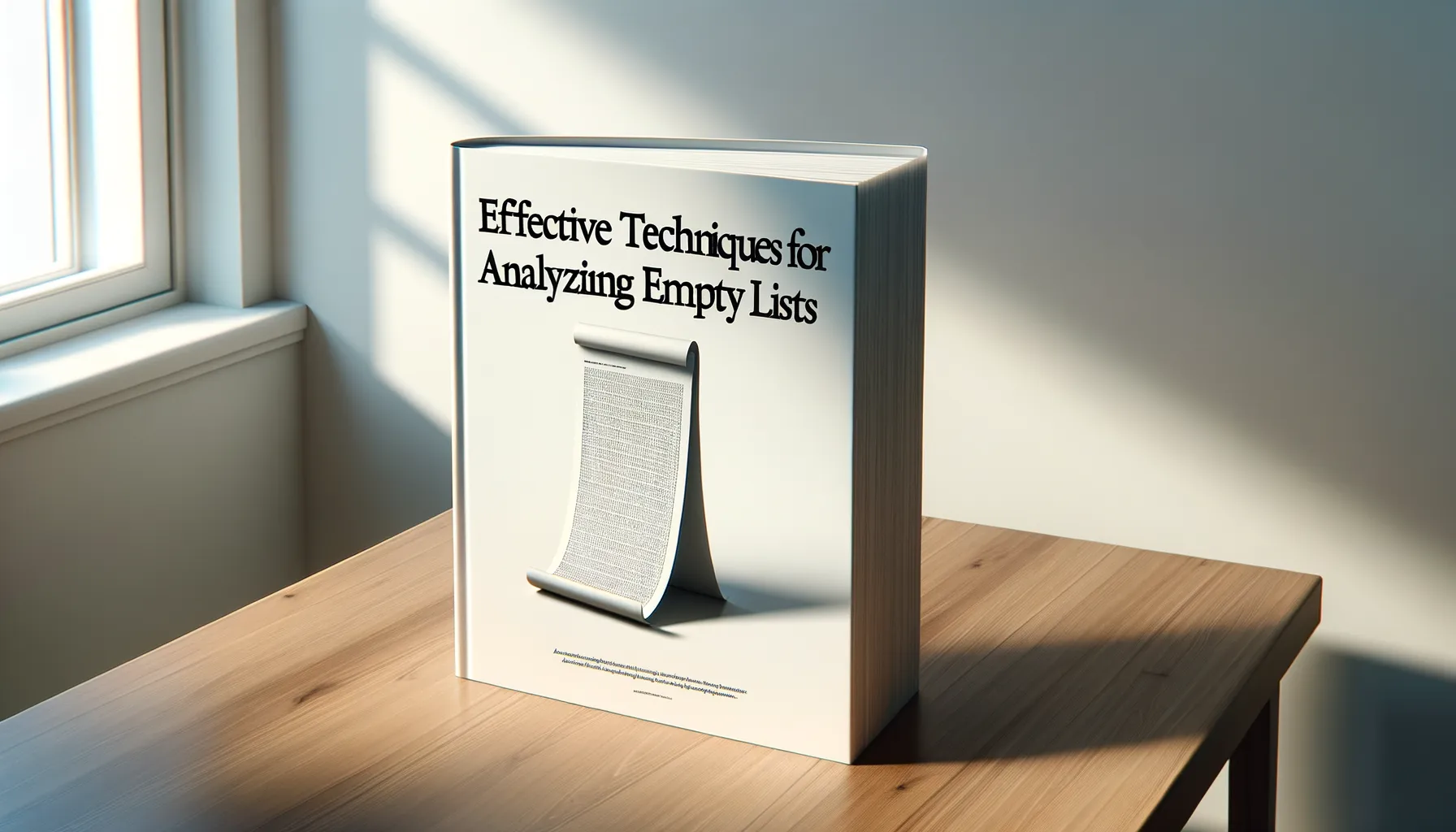Understanding the Basics of a Numismatic Library
Stepping into the world of numismatics is like opening a treasure chest—you’re immediately greeted by centuries of history, culture, and fascinating stories etched into metal. But where do you store and understand all the knowledge that comes along with coin collecting? That’s where a well-built numismatic library becomes your ultimate companion, guiding you through every mystery and marvel of coins.
What Makes Your Numismatic Library Unique?
Your numismatic library is far more than a collection of dusty books—it’s the heart of your coin-collecting journey. It doesn’t just archive facts, but also breathes life into the coins you own. Imagine holding a **1776 Continental Dollar** in your hand and flipping through a book that reveals its revolutionary backstory. Suddenly, it’s not just a coin, but an artifact of independence!
The basics include:
- Reference books: Think catalogs like the **Red Book** for US coins or Krause’s guides for world coins—your go-to tools for identification and valuation.
- Historical texts: Dive deep into eras like the Roman Empire or medieval Europe with specialized studies.
- Auction catalogs: These often-overlooked gems can teach you about rarity, trends, and provenance.
Each piece adds a new dimension to your understanding, bringing coins to life as storytellers rather than simple currency.
Setting the Foundation Right
Building a numismatic library can feel overwhelming at first, but start small and intentional. It doesn’t matter if you begin with one trusty guidebook or a handful of fascinating pamphlets from coin shows; these are the seeds of what could grow into a priceless resource later on. The key? Seek books that genuinely excite you. If ancient coins make your heart race, focus there. American numismatics your passion? That’s your starting point. The golden rule: collect information with the same joy and curiosity as you collect coins.
Essential Books and Resources for Coin Collectors
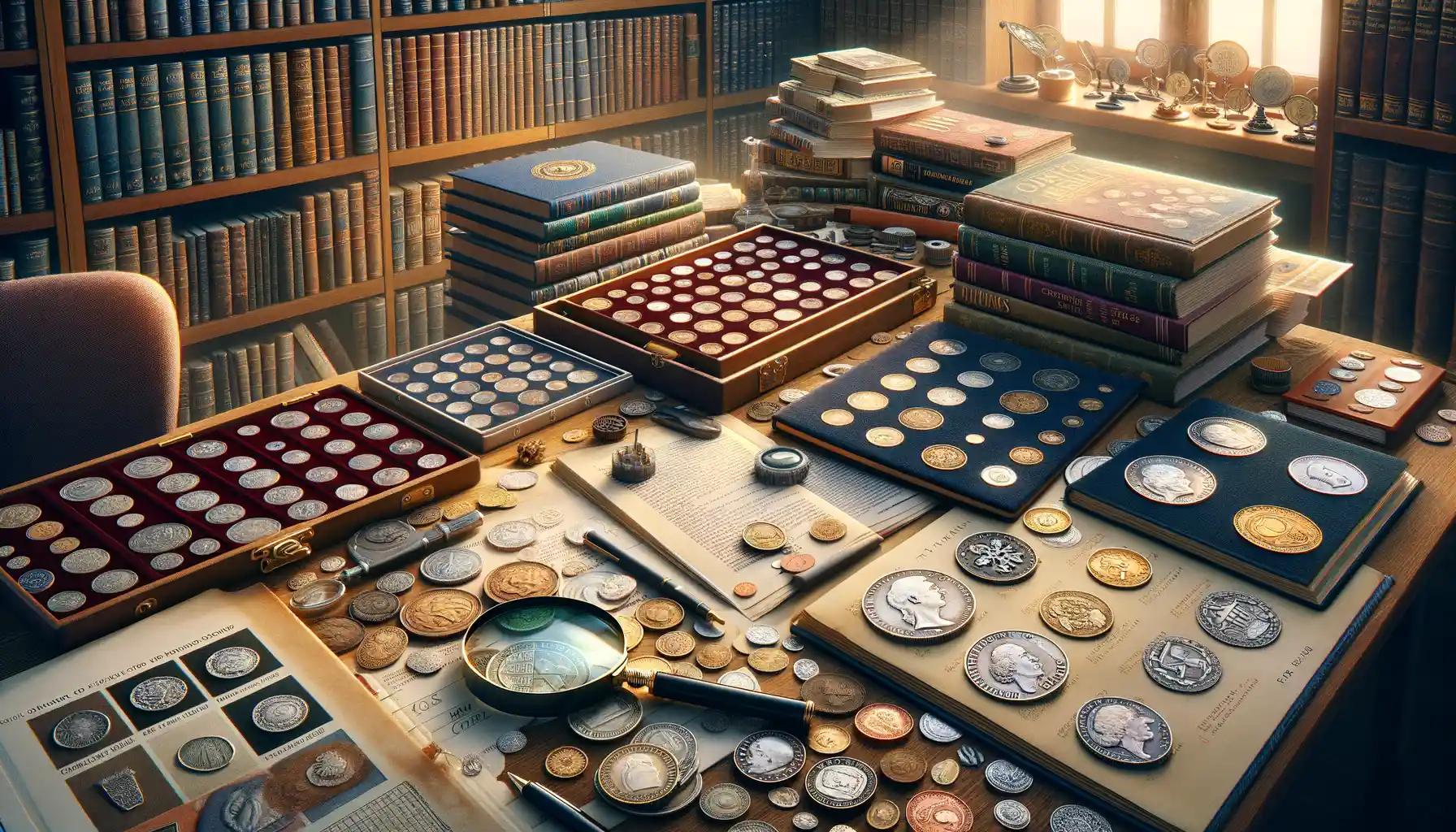
Timeless Treasures Every Collector Should Own
Every coin collector’s journey starts with a handful of cherished books that feel like old friends—guiding, teaching, and inspiring. One must-read is the legendary “A Guide Book of United States Coins”, affectionately nicknamed the “Red Book.” Packed with detailed info, it’s like carrying a miniature museum in your hands. Want more history? Dive into “American Numismatics Before the Civil War”, an enchanting time machine to our country’s earliest coinage stories.
Beyond U.S. coins, a whole world awaits. The “Standard Catalog of World Coins” is your indispensable passport to thousands of global coins, spanning centuries. And for our ancient coin fans? You can’t miss “Roman Coins and Their Values” by David Sear—this book is practically whispered about among collectors of antiquity!
- “Whitman’s Handbook of United States Coins”: perfect for beginners stepping into the hobby.
- “Coin Collecting For Dummies”: don’t let the title fool you—great insights here!
Specialized Resources for Exploring Deeper
When it comes to niche collecting, specialized resources are pure gold. If you’re fascinated by error coins (those quirky minting mistakes we all adore), grab a copy of “Strike It Rich with Pocket Change”. Trust me—it will change the way you look at loose quarters. For paper money enthusiasts, “Paper Money of the United States” is the ultimate deep dive into the colorful world of banknotes.
Here’s the magic: each book opens a door to new discoveries, turning curiosity into expertise. Your library isn’t just a collection; it’s an adventure waiting to happen. Keep exploring!
Organizing and Maintaining Your Coin Library
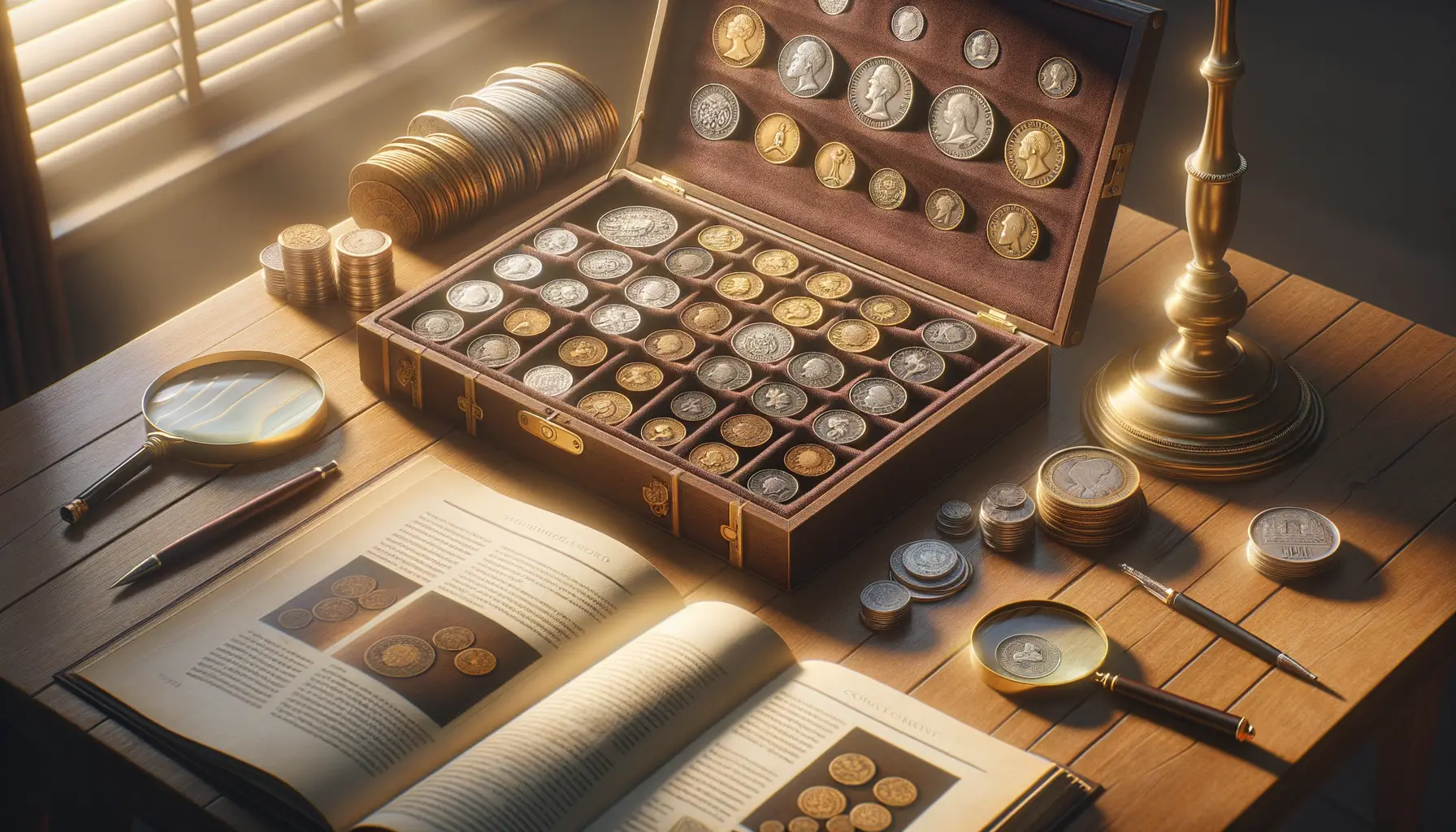
Creating a Home for Your Coin Knowledge
Imagine your coin library as a treasured chest, each book a gleaming coin in your collection of knowledge. To truly embrace the art of numismatics, organization is key—but not just any kind of organization. Think personality! Sort your books in a way that speaks to your collector’s soul.
Some people prefer grouping their books by theme: ancient coins, world currencies, or even specific mint errors. Others love chronological order, allowing history to unfold shelf by shelf. Personally, I adore mixing function and flair—cataloging reference books at eye level while displaying visually stunning covers on top shelves like trophies. Why not make it fun?
- Use decorative bookends themed with coins, such as Roman-style columns.
- Label sections with custom tags—“Roman Denarii” or “Rare U.S. Quarters.”
Protecting What Matters Most
Books age like fine wine, but only if cared for properly. Keep them safe from direct sunlight, which fades those beautiful covers faster than light tarnishes silver. Humidity? A dangerous foe—aim for around 50% to prevent warping pages or moldy surprises. Invest in acid-free bookmarks instead of dog-earing pages (your books deserve that respect!).
And don’t forget digital tools! Apps like Libib or BookBuddy help track your growing library while making recommendations for future additions.
Where to Find Numismatic Literature
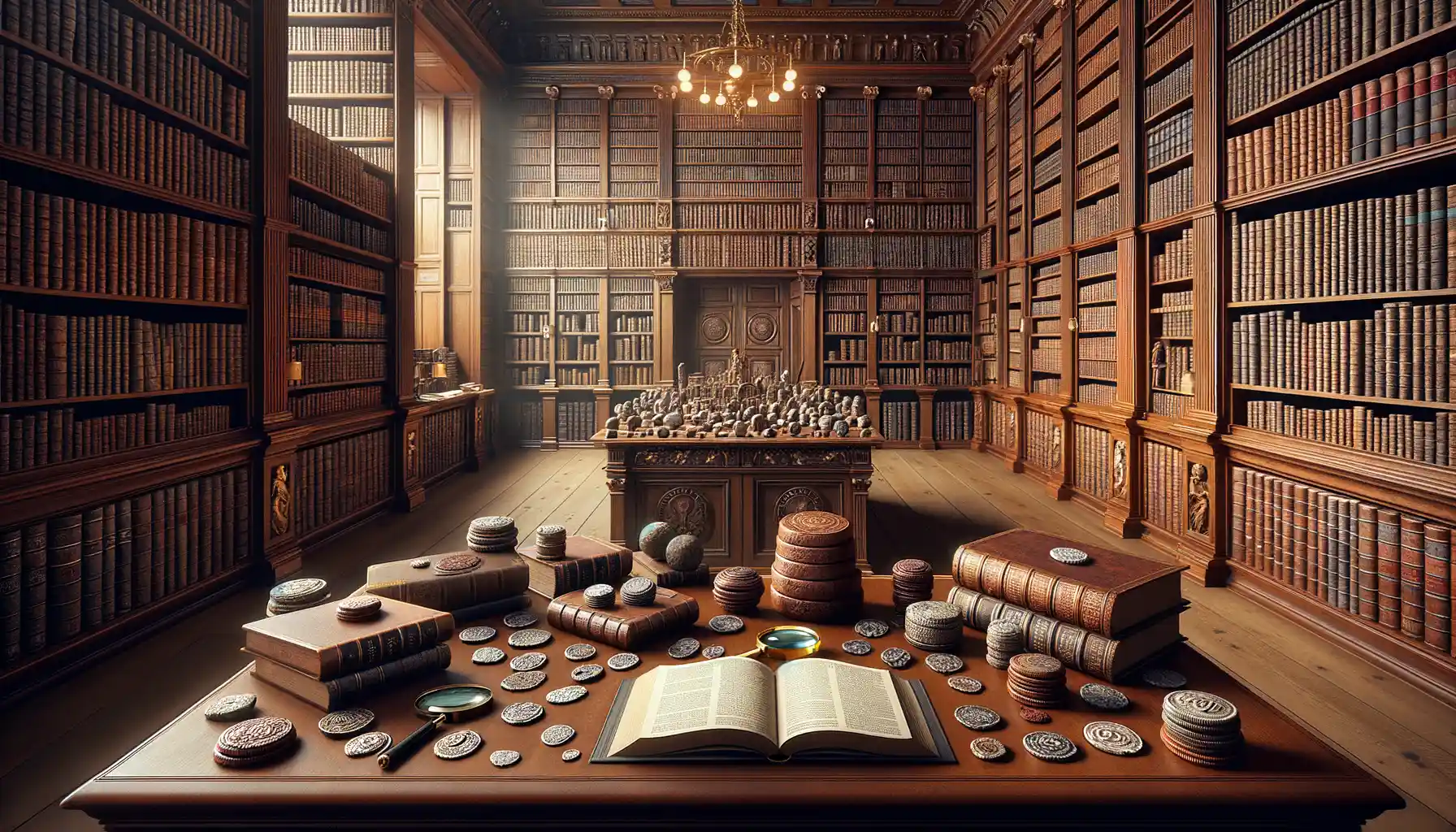
Discovering Hidden Gems in Specialty Coin Shops
For the adventurous soul, specialty coin shops are like treasure chests waiting to be unearthed. Nestled in bustling city corners or masquerading as unassuming storefronts, these shops often house a rich collection of numismatic literature. Whether you’re hunting for a first-edition book on ancient coins or a trusted guide like the Red Book by R.S. Yeoman, local dealers often have more than just coins—they have knowledge and resources. Strike up a conversation with shop owners! They might even recommend rare, out-of-print works or help you connect with other collectors who are downsizing their libraries.
The Online Wonderland for Coin Enthusiasts
Not near a specialty store? No problem. The internet opens up a world of possibilities:
- AbeBooks: A haven for rare and antique numismatic books. Think of it as a collector’s paradise.
- Amazon: Perfect for finding mainstream titles, from beginner guides to expert-level research texts.
- Ebay: A wildcard—where patience can uncover vintage treasures sold directly by other collectors.
Pro tip: Join forums like CoinTalk or Facebook groups, where members often sell or trade numismatic literature. It’s an incredible way to make connections while building your library!
Benefits of Building a Personal Numismatic Library
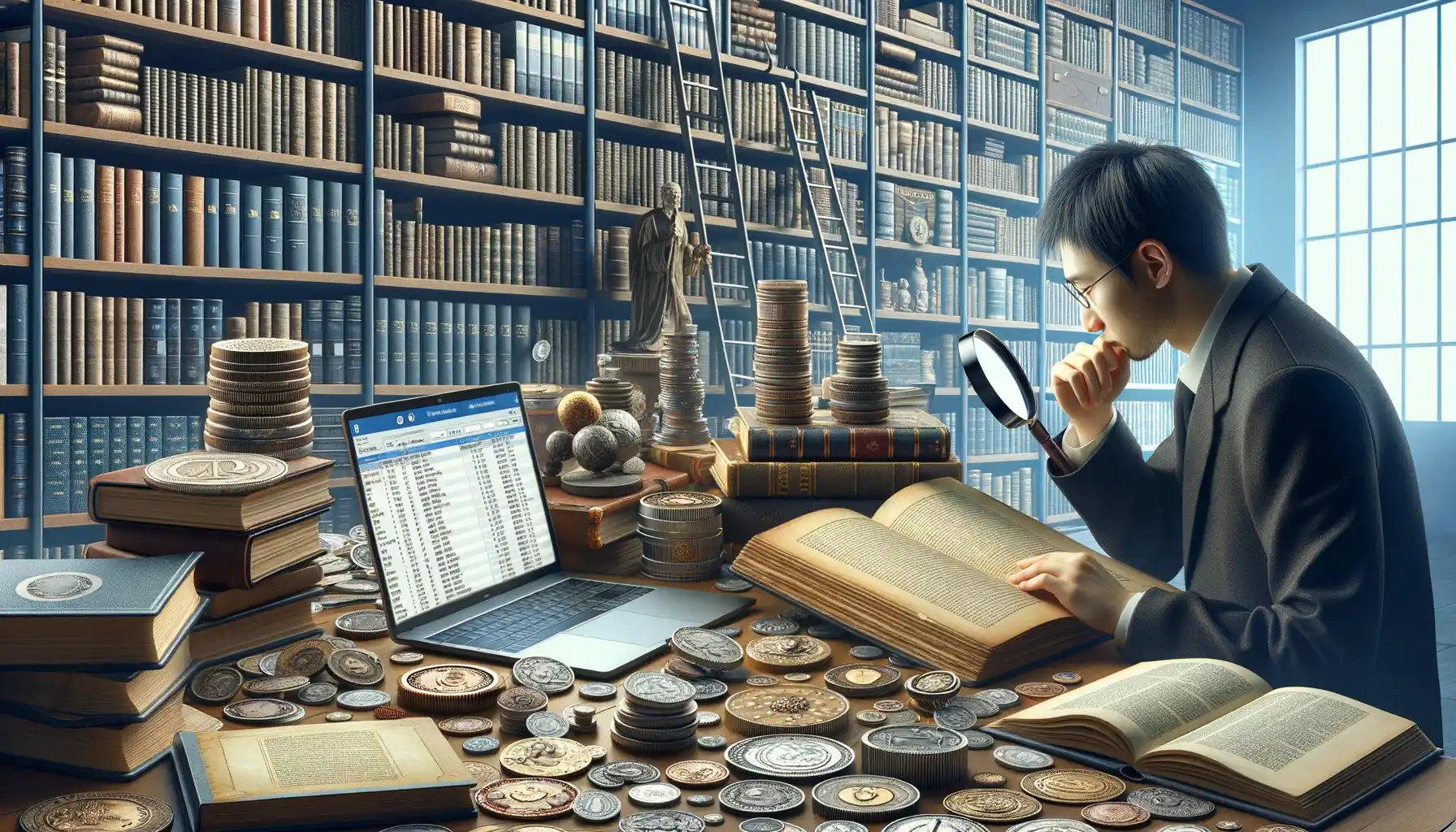
Discovering Hidden Gems in Your Own Collection
Imagine this: you’re holding a coin that’s been in your family for decades. At first glance, it looks like an ordinary piece of metal. But with the help of your personal numismatic library, you learn that it’s a rare Civil War token minted during a time of national turmoil. Suddenly, that small coin carries the weight of history—and value! A well-curated collection of numismatic books can unlock these hidden stories hiding in plain sight.
Your library becomes an adventure guide, whisking you away to ancient marketplaces, royal treasuries, and even moments of economic upheaval. Whether you’re flipping through a detailed catalog or reading about centuries-old minting techniques, every page deepens your knowledge and sharpens your eye for detail.
Practical Perks You’ll Love
Beyond the stories and historical context, there are downright practical benefits to owning a numismatic library:
- Spot forgeries: Armed with reference books, you’ll quickly be able to identify replicas or fakes attempting to pass as genuine treasures.
- Financial insights: Wondering whether that 1909-S VDB penny is worth keeping? A pricing guide makes valuations a breeze.
- Hobby enrichment: From coin cleaning tips to preservation advice, your library isn’t just educational—it’s a toolkit.
Ultimately, your personal library transforms coin collecting from a hobby into an enriching, lifelong passion.

